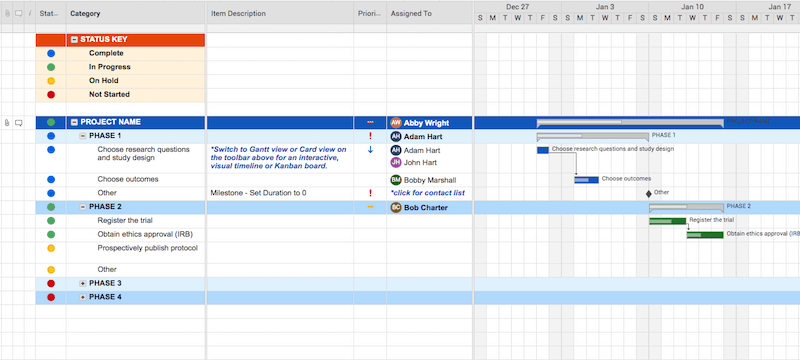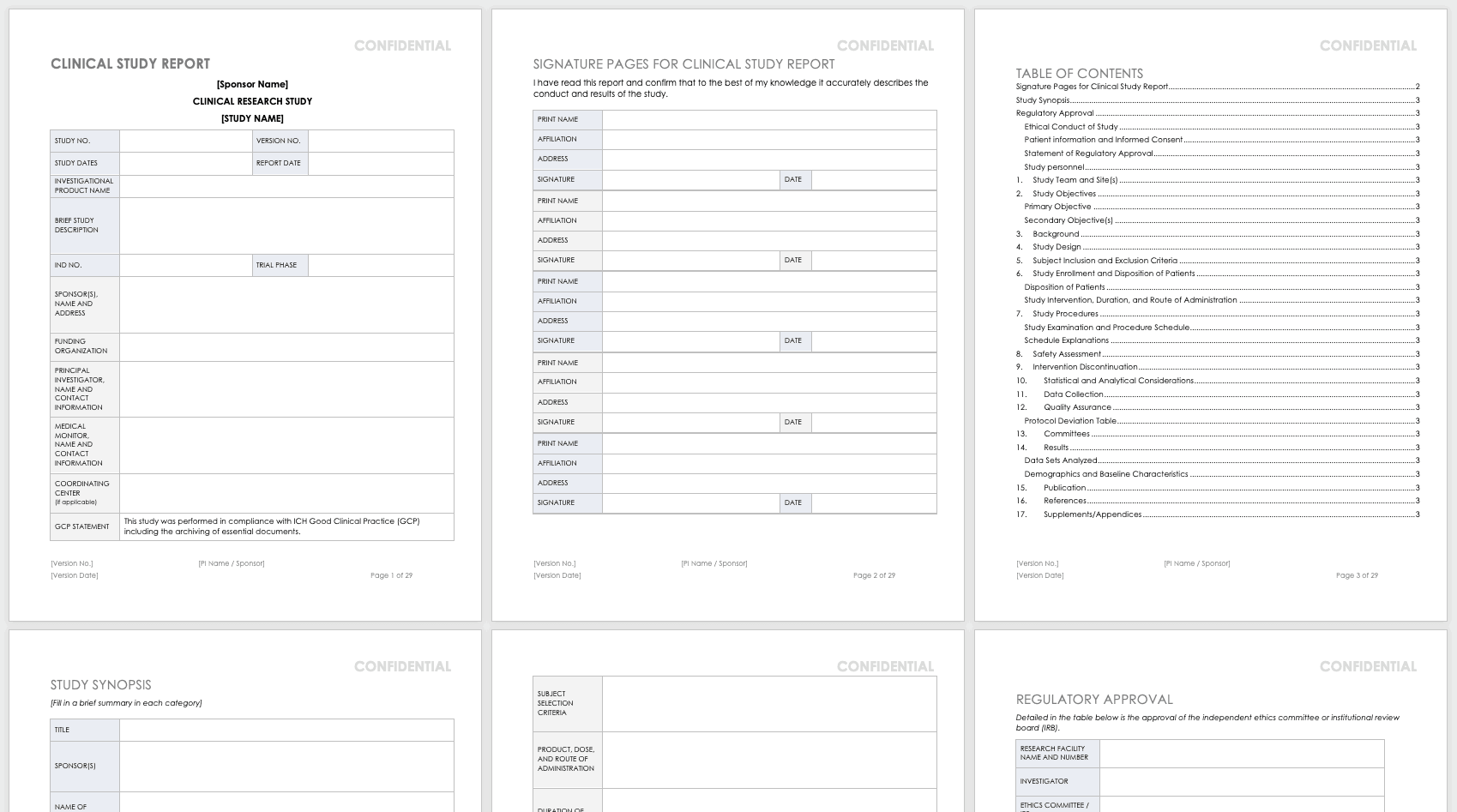
Moreover, study teams are blinded to problems inherent with this approach-namely, it limits opportunities to engage with new sites that could be more effective than those familiar to the study team. Institutional knowledge about sites is frequently dated and soiled within departments and may not be relevant to the therapeutic area under investigation, for example, rare and orphan disease trials often require companies to work with sites and investigators they have not interacted with in the past. Clinical operations teams typically rely on relationships with principal investigators built over time, and while the idea of using all repeat sites might seem like a logical and sure win way to speed study startup it is important to point out that research suggests for a typical multi-center study 30% of sites selected are new, of which 13% are completely new to clinical research. The research found that cycle times were shorter for repeat sites than they were for new sites (Figure 1). Study start-up (also referred to as site readiness and site activation) cycle time was measured as the time that all initial sites (i.e., non-backup or contingency sites) are activated or from the time the site selection decision is made until all sites are initiated and ready to enroll. Site selection cycle time was defined as the time from site identification to feasibility and receipt of site qualification information to final site selection decision. Site identification cycle time was defined as the time taken to identify appropriate investigative sites. More than half of respondents worked in sponsor companies 53% or CROs 24%, with additional responses from sites, medical device companies, academic institutions.

The respondents were comprised of 403 unique organizations and three-quarters were US-based. Additionally, the groups were assessed on satisfaction with current processes, percentage of sites selected that are never activated, level of technology investment, and perceived time savings due to technology. Both subgroups were examined across a number of measures, including cycle times for site identification, site selection, activation, and new and repeat sites. The research examined a number of areas associated with study startup, including site identification, study feasibility and recruitment planning, criteria for site selection, staffing and resources, and study startup process improvements and opportunities.ĭifferences between respondents working at CROs or sponsor companies according to whether they had a dedicated functional group to support site initiation activities or a localized group for these activities were examined. The study was funded by an unrestricted grant from goBalto, a technology solutions provider. Given the plethora of new approaches and solutions now being deployed to improve the study startup process the Tufts CSDD research provides a baseline upon which future studies can be conducted to gauge progress.

Given the new technology solutions and practices, as well as, the increasing number of dedicated personnel managing site relationships it’s surprising and disappointing that the industry has not been about to make any headway in reducing the number of non-active, non-enrolling (NANE) sites.

The primary reason cited was budgeting and contracting problems, which has been a challenge identified in much published work. contract research organizations (CRO)) was observed, however the percentage of sites never activated remained at 11%, a figure which has not changed substantially in over a decade 1. In a recently completed comprehensive study, The Start-up Time and Readiness Tracking (START) II, 2017 conducted by Tufts Center for the Study of Drug Development (CSDD) a significant difference in cycle times between new vs repeat sites and organizations (sponsors vs.

It’s difficult to understand why there is so much variation and why there are so many inefficiencies and delays in study startup, this was the impetus behind this research. Complex protocols (leading to increased difficulty in finding patients who meet the inclusion/exclusion criteria), protocol amendments, competition for sites, contract and budget negotiations, regulatory changes and compliance for global studies, IRB approvals, PI and CRA turnover, and others, contribute to significant trial delays. Numerous factors can adversely impact study startup and its efficiency, in an industry plagued by rising development costs and increasing complexities. Over the past decade study startup, encompassing the activities associated with site identification, feasibility assessment, selection, and activation, has become a priority improvement area in the conduct of clinical trials.


 0 kommentar(er)
0 kommentar(er)
